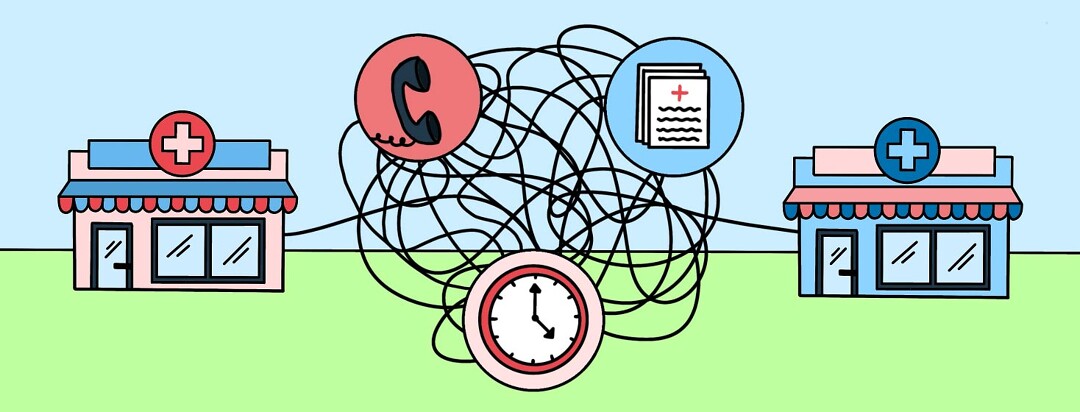Transferring Pharmacies
Moving can be a stressful. Coordinating leases, installations, and packing your life into boxes can feel like a lot. If you have a chronic illness, you also need to make sure your medications are taken care of if you are going to use a new pharmacy. Many questions can come up when transferring pharmacies. Establishing care with a new pharmacy can feel intimidating, especially when you take multiple medications from multiple doctors.
I recently learned how overwhelming getting a new pharmacist can be. My husband and I have recently moved to a new city. Part of the move was making sure my medications were transferred to the new pharmacy and establishing care. Before we moved, I read as many articles as I could to make the process smooth. I want to share what I learned from the articles with you in case you are switching pharmacies, too. This article is going to provide information on how to get in contact with your new pharmacy. It will also review special circumstances with medication transfers. Lastly, it will help explain how to manage expectations.
New pharmacy
The first thing you will want to do is to get in touch with your new pharmacy.1 When you speak with your new pharmacy, you will need to give them information about your medications. They will need the name of the prescription, the strength of the prescription, the prescription refill number, and the phone number to your old pharmacy. You can do this by calling the pharmacy, stopping by in person, or checking online to see if they have a transfer service.1
After speaking with the pharmacy, you may want to gather your health and insurance information.1 Your new pharmacy will need your demographic information, such as name, date of birth, and address. They will also need to know if you have any allergies.
Once you have contacted your new pharmacy and given them the information they need, you will have to wait. Changing pharmacies is not as fast as switching on and off a light. Typically, the new pharmacy will be able to have your chart ready within about three days.1 When providing your demographic and medication information, they can also let you know if there will be any special circumstances.
Special circumstances
What is a special circumstance at a pharmacy? Depending on the medication, there may be a limit to transfers. What does a transfer limit mean? This means that specific prescriptions are only allowed one transfer before a new prescription is required from the doctor.1 Sometimes, the medicine cannot be transferred and the doctor has to write a new prescription for the new pharmacy.1 Typically, doctors and pharmacies must keep track of these controlled substances to keep the patient safe. If you are unsure which medications can and cannot be transferred, call your new pharmacy and they will help you.
Another special circumstance is if your prescription is out of refills. If you learn that your medication requires a new prescription from the doctor, call your doctor before you call your pharmacy. Sometimes you have to see the doctor or schedule tests before the pharmacy can refill your medicine.1
Managing expectations
Transferring medical care can be stressful. New surroundings and new people can be overwhelming because you don’t know what to expect. It is important to remember the people in these positions are here to help you. They are also there to keep you safe and manage your illness as best as possible. Establishing a relationship with your new pharmacist can help get rid some of the stress of transferring pharmacies2 and help establish the trust between pharmacist and patient.
Moving to a new pharmacy can be overwhelming, but it doesn’t have to be. There are some things chronically ill persons have to consider, but establishing a plan of action will help the process be as smooth as possible. As you begin the process of transferring pharmacies, remember to allow a few days for the transfer, remember that there may be a few hiccups, and remember that these people are there to help you.

Join the conversation